At pro clima we are trying to effect change toward international best-practice with our details and product performance. It means designers, engineers, contractors and trades are being challenged to do something new. This process of acceptance in New Zealand has been going on now (for us) for 9+ years. We continue to offer products with predictable and measurable performance for weathertightness and airtightness. It will continue until nobody considers the 'old' ways sensible or even acceptable. I'm referring to the 'in-between' layers — everything between cladding and internal lining, with this article focusing on the internal.
If you consider the beginnings of mandatory insulation in New Zealand circa 1978, acceptance took a surprisingly long time until it was embedded in normal practice. Amazingly after all this time, the installation and in-situ performance of insulation still can leave a lot to be desired — especially when sub-trades begin to pull it out of the wall to make space for their work. This is where an internal service cavity provides a solution for this common problem.
What and where is the cavity?
It is a space separate to the main insulation depth, created on the inside of the structural framing. Common details would show a 45mm deep internal batten horizontally fixed to the wall structure (90mm frame) with pro clima's INTELLO layer between the two to prevent air movement through the insulation and moisture loading of the structure.
There are several benefits to outweigh the cost of the material and labour to achieve this:
- Performance of insulation is predictable due to maintained thickness and INTELLO airtightness layer
- Insulation depth is continuous, not interrupted or compressed by flush boxes and cables / pipe work
- Insulation is not moved after it has been installed
- Electrical and plumbing first-fix sits within the service cavity
- Reduced need to drill through structural members
- Electrical and plumbing install is fast
- Internal lining becomes decorative rather than integral, thereby creating design freedom
Using an internal service cavity will require some planning of course:
- Bracing requirements change — consider external bracing systems like plywood or fibre cement
- Reduction in usable floor area, example:
- 98m² house with dimensions 14m x 7m
- cavity 45mm x 42m perimeter
- =1.9m² reduction
- Ventilation needs. The wall / floor / ceiling envelope will not allow infiltration of external air. In the past this infiltration has been called 'natural ventilation' but is not acceptably clean to meet G4 ventilation requirements. Windows and doors are ventilators but rely on wind pressure (unpredictable) to work — and occupants to open them too (generally unreliable).
The internal service cavity can be part of the 'fabric first' approach we have promoted previously. In order for any wall / floor / ceiling assembly to perform thermally it must have two things — insulation and airtightness. There are several different ways of achieving airtightness, but perhaps the easiest system to plan and implement onsite for standard framed construction would be pro clima's INTELLO vapour control membrane.
Using INTELLO to prevent moisture loading into a structure while still allowing for high drying capacity means dry durable framing. Combining this with a service cavity allows for thermal performance to be predicted accurately and still allows — or better creates — design freedom.
For further information visit the pro clima website or phone 0800 776 254.









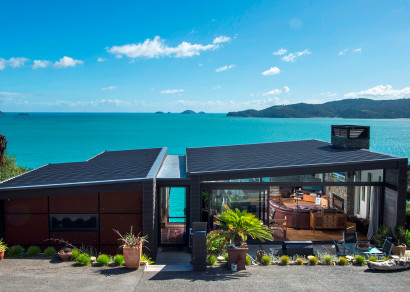



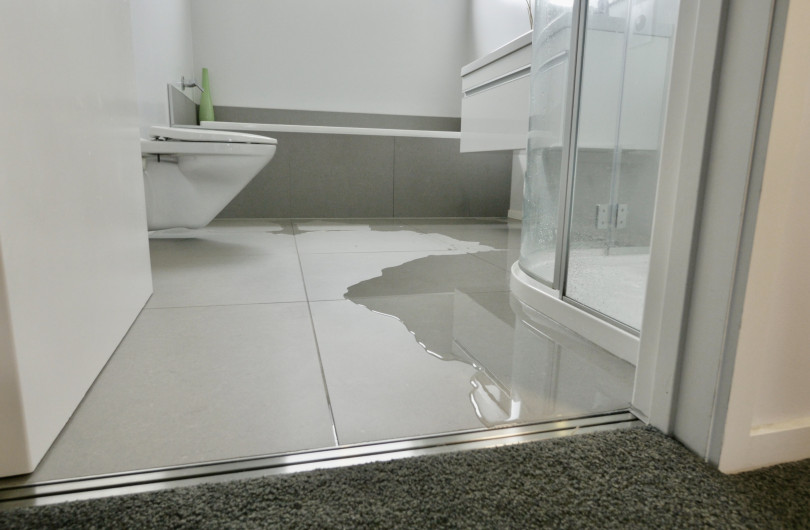
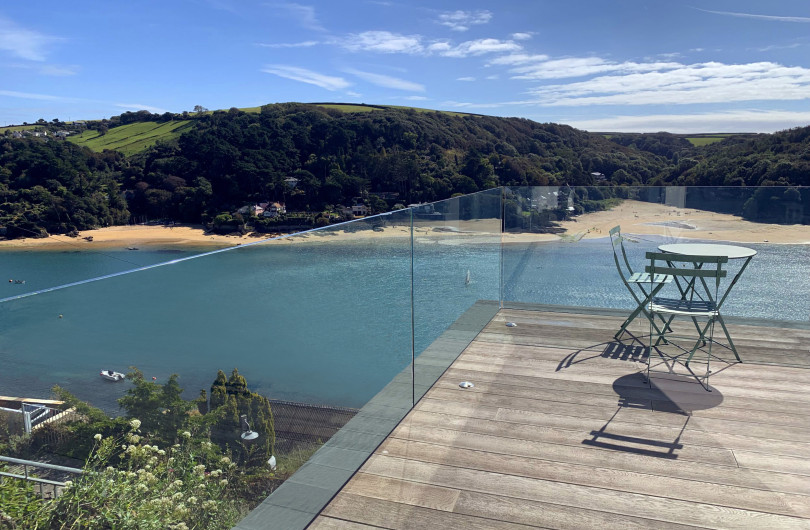
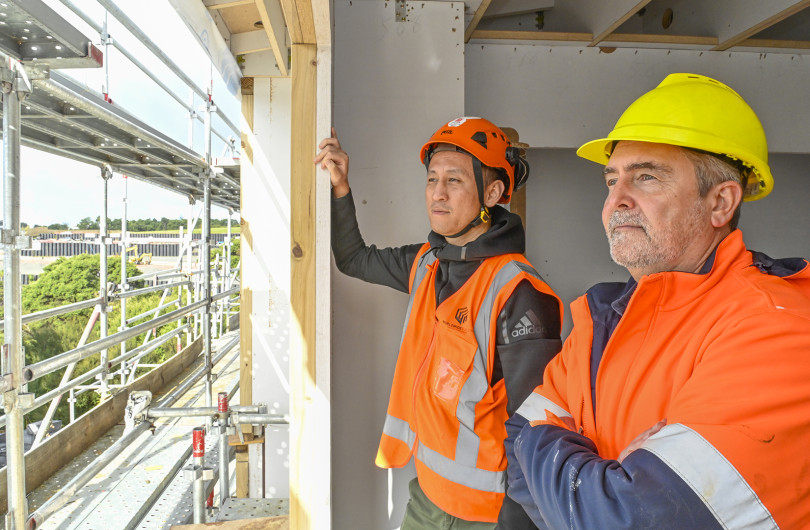
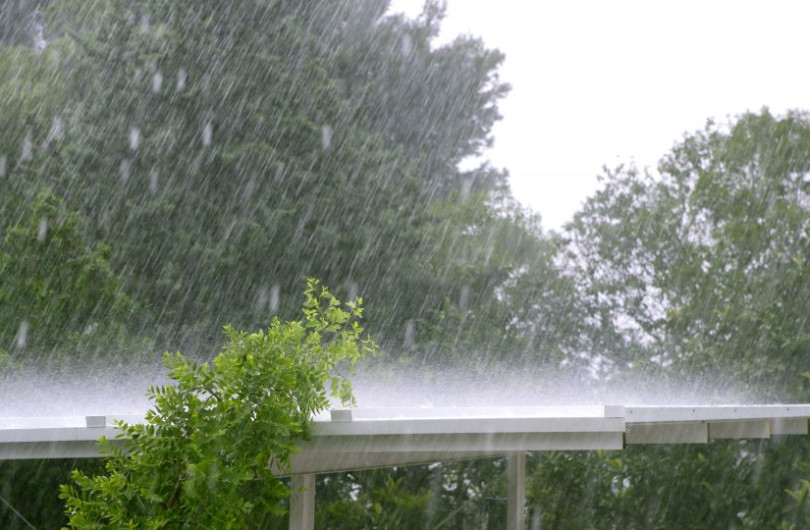

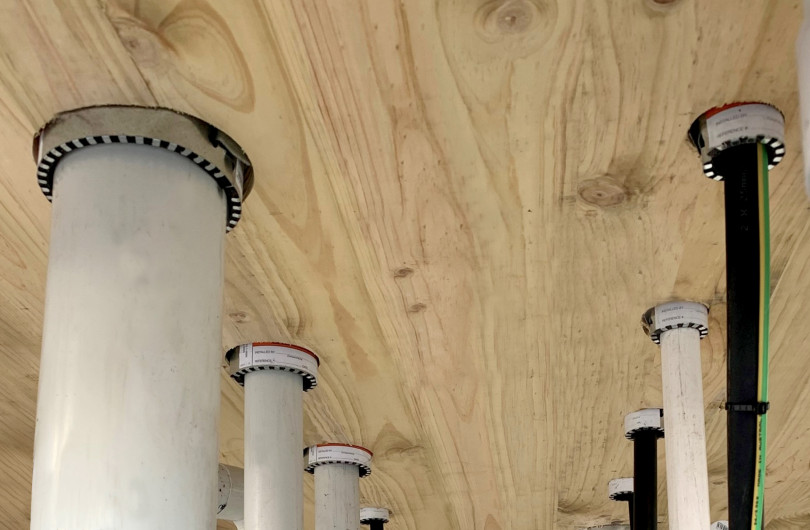

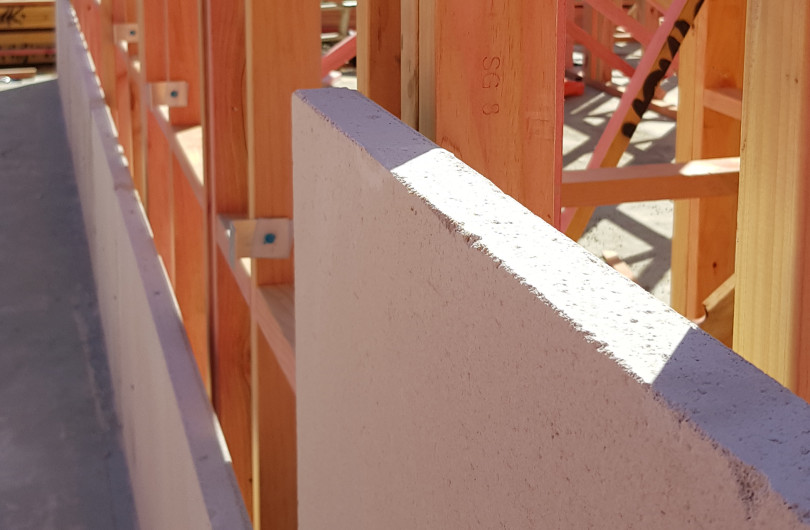







 Most Popular
Most Popular Popular Products
Popular Products


